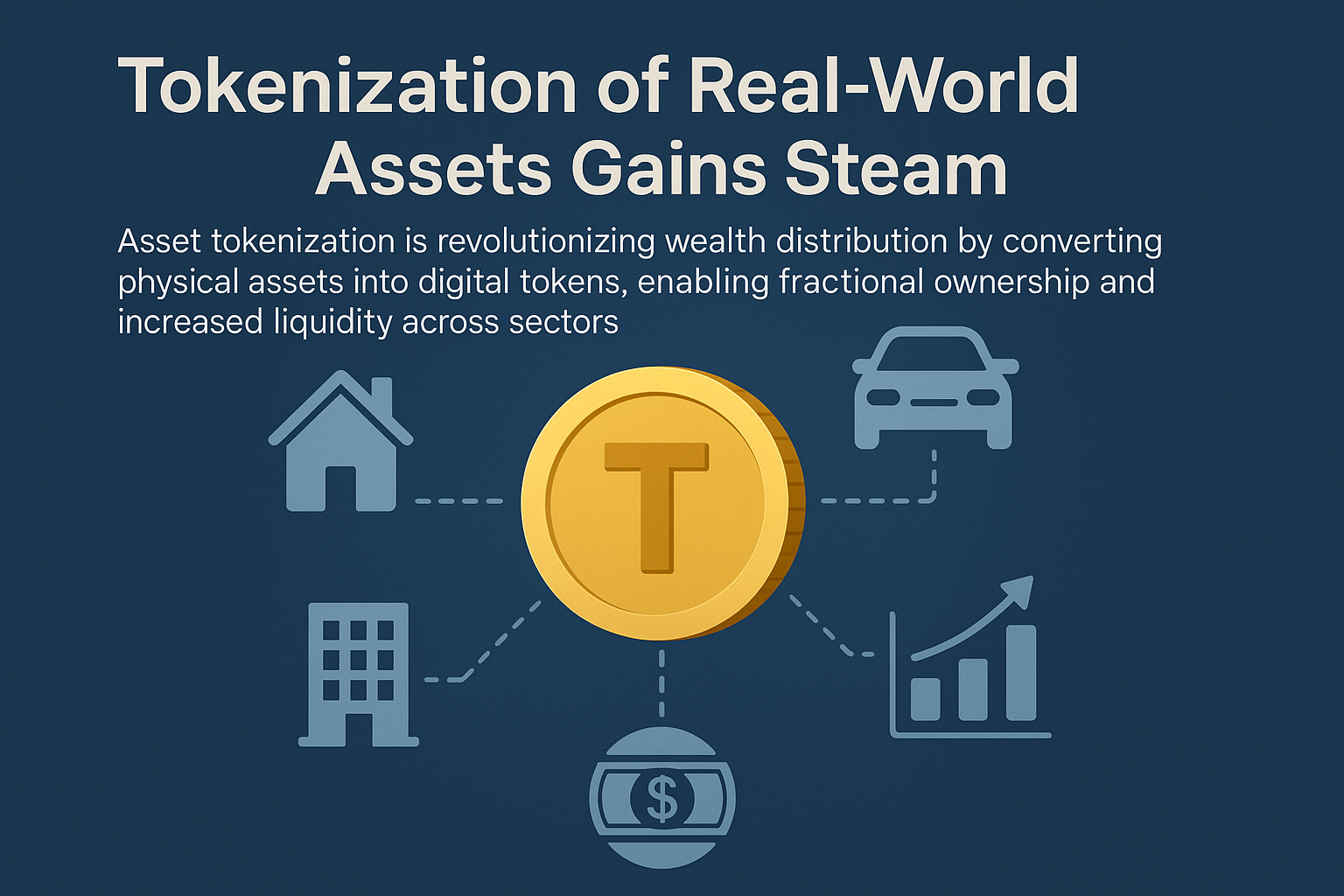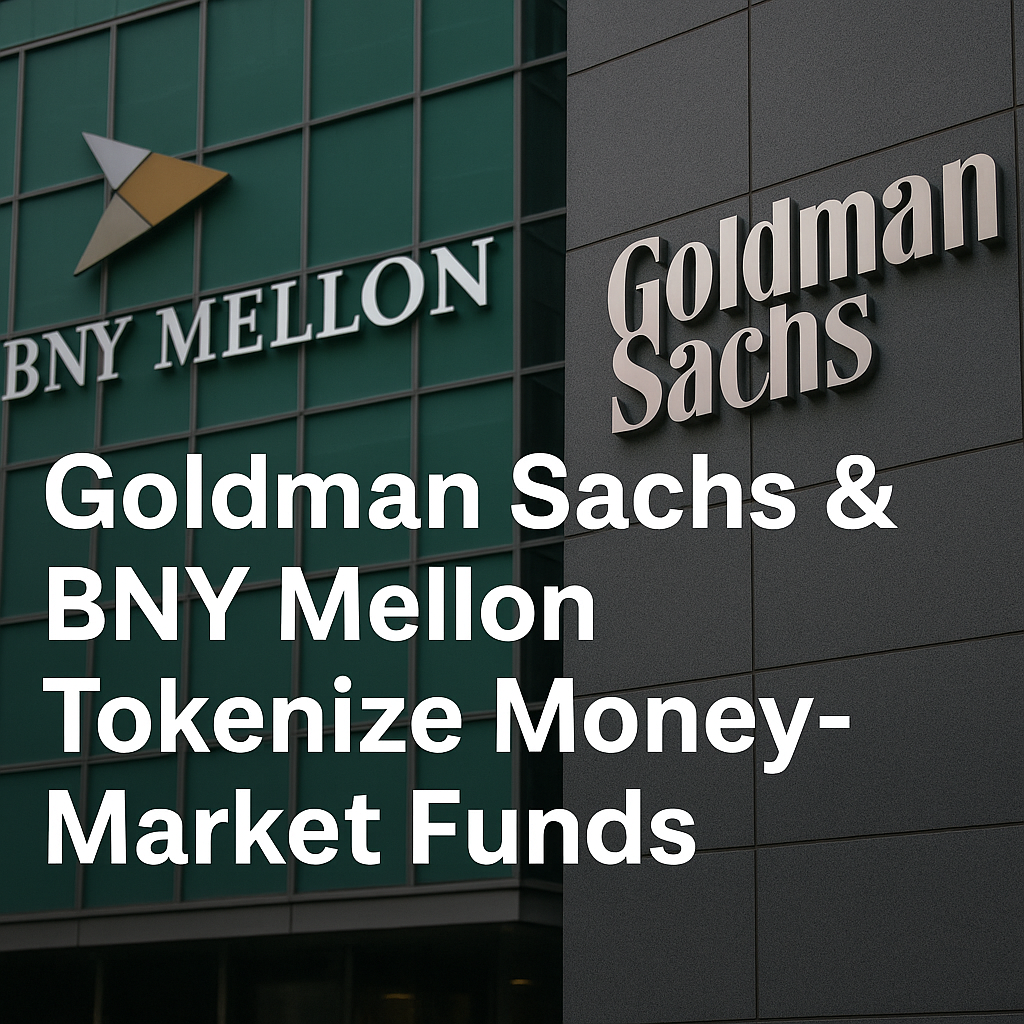In recent years, asset tokenization has emerged as one of the most disruptive forces in the financial sector, bridging the gap between traditional physical assets and the digital economy. This innovation is not merely a technological novelty — it is fundamentally reshaping how wealth is distributed, accessed, and grown.
What is Asset Tokenization?
At its core, asset tokenization refers to the process of converting rights to a physical or intangible asset into a digital token on a blockchain. These tokens represent a share in the underlying asset — be it real estate, art, commodities, private equity, or even rare collectibles. By doing so, assets that were once illiquid or difficult to trade can now be divided into smaller, easily tradable fractions.
Imagine a $10 million building in downtown New York. Traditionally, only a wealthy investor or institutional buyer could own and trade such a property. Through tokenization, this building can be divided into millions of tokens, each representing a small fraction of the property. Suddenly, an average retail investor can own a piece of that prime real estate for as little as $100 or less.
Why is Tokenization Gaining Momentum Now?
Several factors are driving the acceleration of asset tokenization:
-
Advances in blockchain technology have made it possible to create secure, transparent, and tamper-proof records of ownership.
-
Demand for liquidity in traditionally illiquid markets (like fine art or commercial real estate) has grown, especially among younger, tech-savvy investors.
-
Global regulatory frameworks are gradually evolving to accommodate digital securities, providing clearer guidelines for tokenized asset issuance and trading.
-
Fractional ownership models align perfectly with broader trends in democratizing finance, allowing more people to participate in markets that were once the domain of the ultra-wealthy.
Transforming Wealth Distribution
Perhaps the most exciting impact of tokenization is its potential to reshape wealth distribution globally. By enabling fractional ownership, tokenization lowers barriers to entry and empowers individuals from diverse economic backgrounds to invest in high-value assets. This is especially critical in emerging markets, where traditional asset ownership may be out of reach for most citizens.
Furthermore, tokenized assets can be traded 24/7 on digital marketplaces, increasing market efficiency and liquidity. This contrasts sharply with traditional markets, which are often bound by geographical and temporal limitations.
Applications Across Sectors
We are already seeing tokenization transform various industries:
-
Real estate: Platforms now allow fractional investments in commercial buildings, residential properties, and infrastructure projects.
-
Art & collectibles: Masterpieces and rare items are being tokenized, bringing fine art investment to a broader audience.
-
Commodities: Gold, silver, and other resources are increasingly represented through digital tokens, enabling real-time trading and settlement.
-
Private equity and venture capital: Startups and private companies are exploring tokenized fundraising as an alternative to traditional capital-raising methods.
The Road Ahead
While the promise of tokenization is immense, challenges remain. Legal recognition, interoperability between platforms, and investor education are all critical areas that need to evolve in tandem with the technology. But the direction is clear: tokenization is here to stay, and it’s poised to unlock trillions of dollars in value trapped in illiquid assets.
As asset tokenization gains steam, it offers a future where wealth is more evenly distributed and accessible — not just for the few, but for the many.




